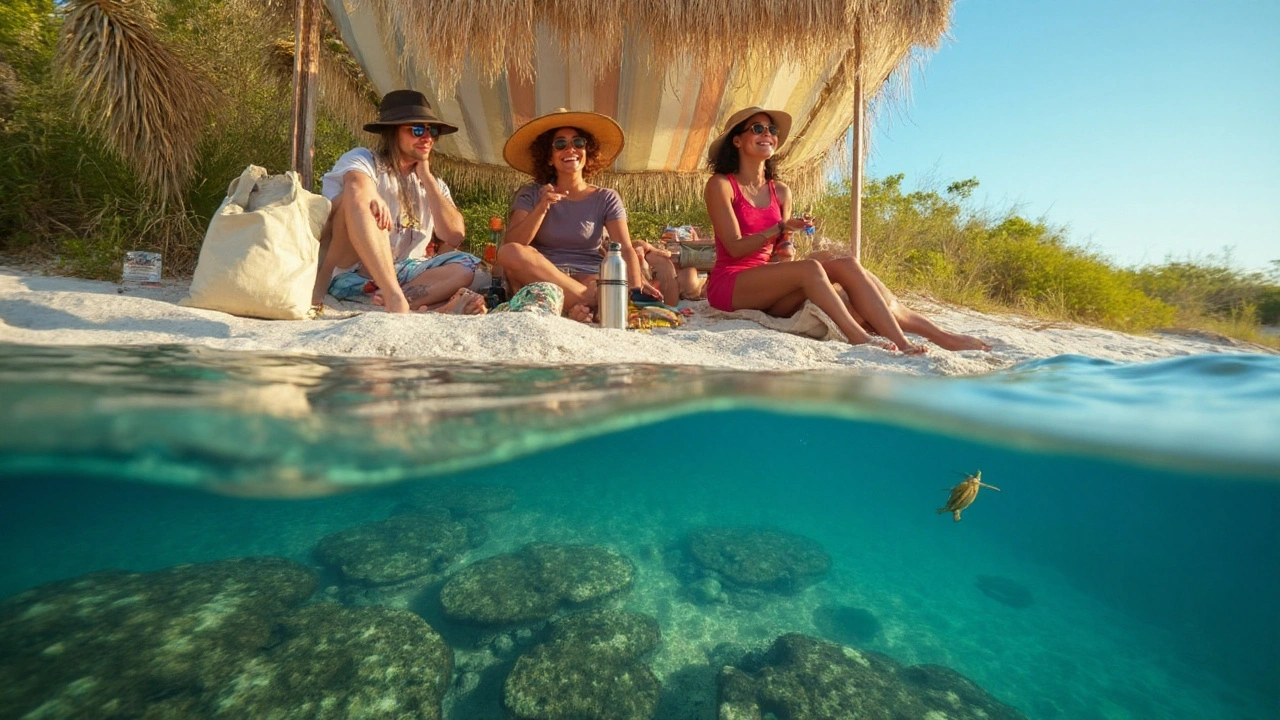Environmental Impact of Sunburn – Why Your Sunburn Matters to the Planet
When you get a painful sunburn, you probably think only about your skin. But the ripple effect runs way beyond a red patch. The same ultraviolet (UV) rays that damage you also stress the environment, and the products we use to protect ourselves can add extra strain.
UV radiation is a natural part of sunlight, yet its intensity has risen in many regions because of ozone thinning and climate change. Higher UV levels mean more people get sunburned, and that translates to more medical visits, more sunscreen sales, and more waste.
Sunburn, UV Rays, and Ecosystem Health
Plants and animals have evolved under a certain UV balance. When UV spikes, it disrupts photosynthesis, weakens crop yields, and harms aquatic life. For example, excess UV can damage the DNA of phytoplankton, the tiny organisms at the base of the ocean food web. A drop in their numbers ripples up to fish, birds, and even the humans who rely on them for food.
On land, UV can stress forests by reducing leaf growth and making trees more vulnerable to disease. This hurts carbon sequestration – the forest’s ability to pull CO₂ from the air – which in turn fuels climate change, creating a feedback loop that drives even stronger UV exposure.
Sunscreen Chemicals: Hidden Pollutants
Most of us reach for sunscreen after a sunburn scare. While sunscreen protects skin, many formulas contain chemicals like oxybenzone and octinoxate. Studies show these substances wash off in the ocean, where they can damage coral reefs, impair fish reproduction, and alter microbial communities.
Coral reefs are especially sensitive. Even low concentrations of oxybenzone can cause bleaching, stunted growth, and increased susceptibility to disease. With reefs already threatened by warming seas, sunscreen runoff adds another danger.
Fortunately, there are safer options. Mineral sunscreens that use zinc oxide or titanium dioxide are less likely to harm marine life. Choosing reef‑friendly products and applying them correctly (only when you need them) reduces the amount that ends up in waterways.
Beyond sunscreen, disposable towels, plastic water bottles, and single‑use clothing worn during beach trips add to the waste problem. Each item that ends up in the ocean or landfill contributes to the broader environmental cost of our sun‑seeking habits.
So what can you do right now? Start by protecting your skin with shade, hats, and clothing before reaching for sunscreen. When you do need sunscreen, pick a mineral‑based, reef‑safe version and apply just enough to cover exposed spots. Reuse towels, bring a refillable water bottle, and avoid plastic wrappers.
By making these small changes, you lower your risk of sunburn and shrink the environmental footprint of your beach day. Sun protection becomes a win‑win: healthier skin for you, healthier ecosystems for everyone.
Sunburn doesn’t just hurt skin-it harms reefs, air, and water. Learn science-backed ways to prevent burns while cutting waste, chemicals, and pollution.
Sep, 4 2025

